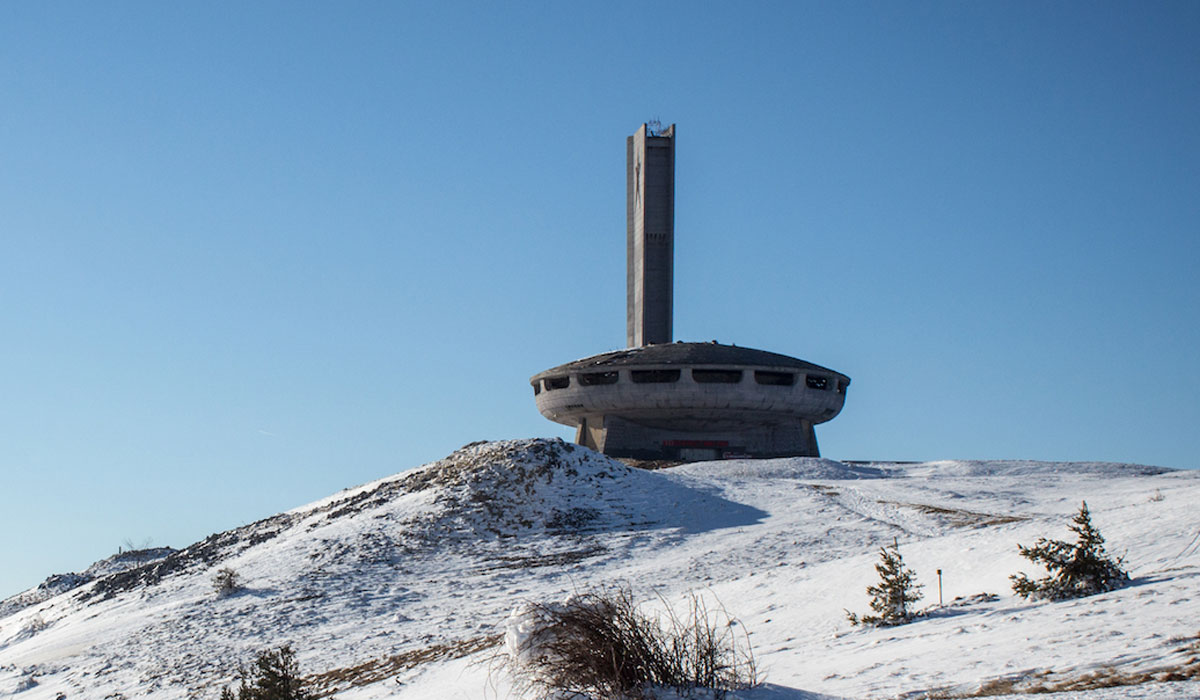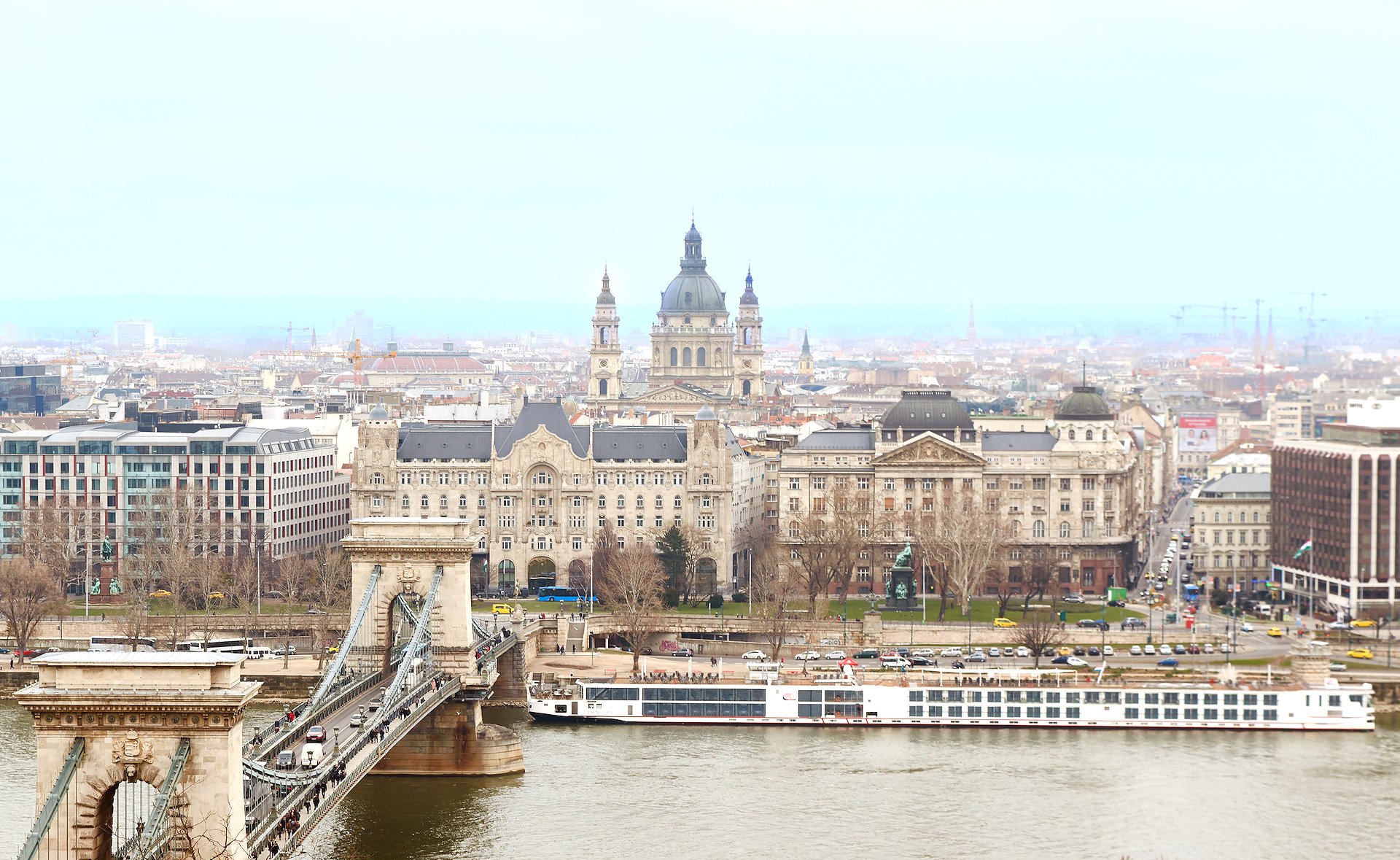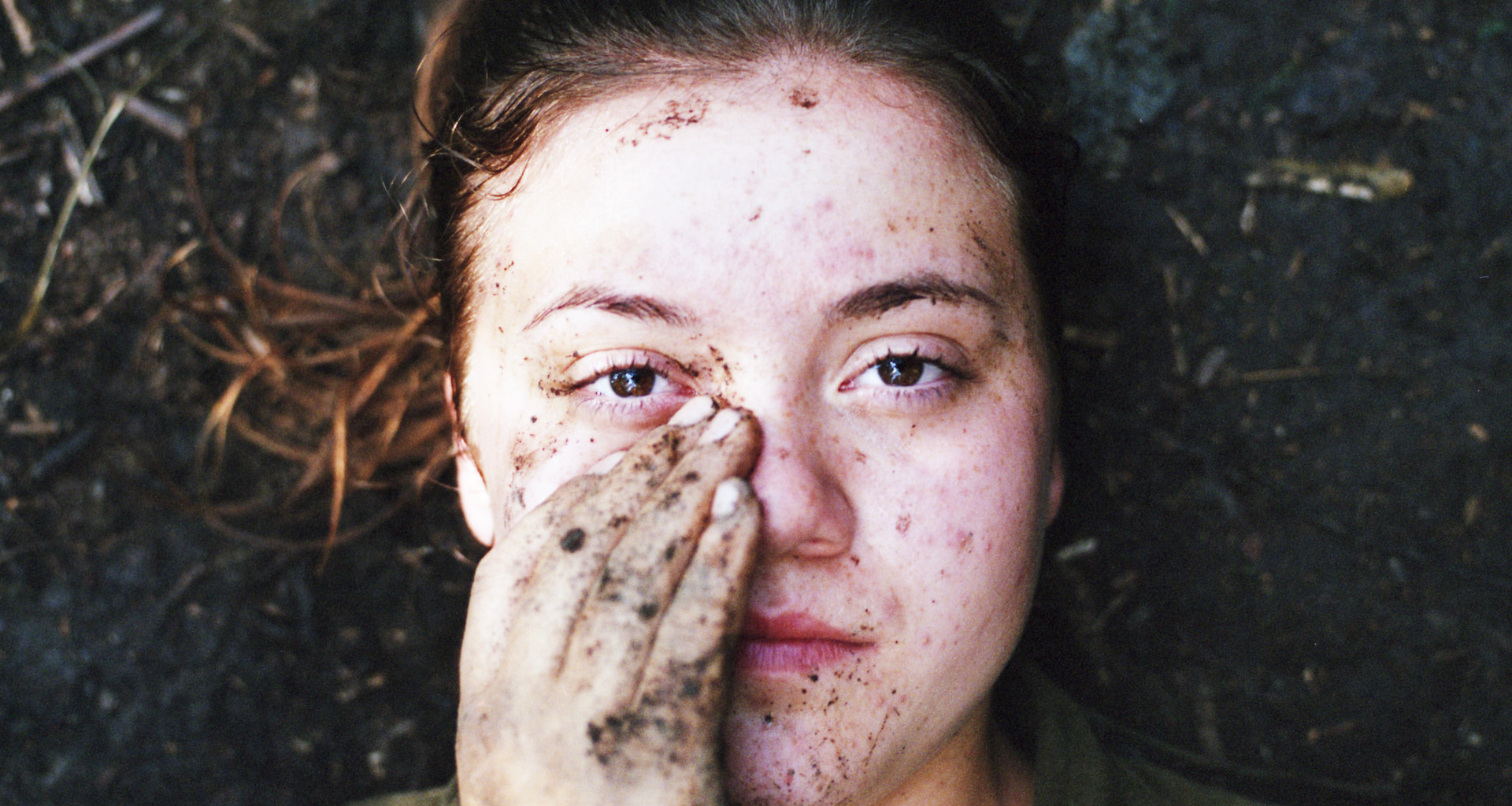In these staged photos, Kata Geibl explores the victims and victors of capitalism
The Hungarian photographer eschews sensationalist images for a calm, quiet aesthetic that mirrors capitalism’s seductive power.
“A generation goes, and a generation comes, but the earth remains forever. The sun rises, and the sun goes down and hastens to the place where it rises…What has been is what will be, and what has been done is what will be done, and there is nothing new under the sun.” So reads the Book of Ecclesiastes 1:11, which Hungarian photographer Kata Geibl has taken as the epigram for her ongoing series There is Nothing New Under the Sun.
As Geibl explains, this text is often interpreted in terms of the monotony of life, but there is also another, deeper meaning. “When Ecclesiastes states that there is nothing new under the Sun, he is reflecting on his earth-bound perspective,” she states. “The sentence also means there is nothing new on Earth, the lifetime of man is lost in the grander scheme of things.”
It’s an appropriate response for an image-maker who describes her interests as “humanity, collective memory, and the ambiguities of the photographic medium”; she’s also currently studying on the prestigious Photography and Society MA at KABK, the Royal Academy of Art in The Hague, a course designed to “enable you to mediate the relationship between image and society”. These wider concerns have played out in her work in various ways over the last three years or so — her break-through project Sisyphus (2018), for example, which won the 2018 Carte Blanche award at Paris Photo, took a critical look at science and photography to question humanity’s belief “that history is moving forward, never repeating itself, learning from the past’s mistakes”.
In previous projects she’s questioned Hungary’s national identity (Red, White, Green, 2017), looked at the present as the future of the past (Uncanny Valley, 2017), and investigated the impact of the closure of Hungary’s mines after the end of the socialist regime (Crossing Borders, 2016). Her photography has evolved over time, but her interests have remained remarkably consistent. They’ve just expanded in scale.
“As an artist, I always try to reflect on our contemporary culture and the world we live in,” she says. “By this, I don’t necessarily mean to create politically-engaged art but to mirror what happens in our society. When I started my photography studies at the Moholy-Nagy University of Art and Design in Budapest, I was really interested in the topic of national identity. Now I am more interested in global issues that are not related to a specific nation or country.
“I don’t necessarily mean to create politically-engaged art but to mirror what happens in our society”
In fact, her new project — which she says she’ll be working on for at least another year — is a look at global capitalism, and so far has included shoots in Hungary, London, and the Austrian Alps. Noting the critic Frederic Jameson’s statement that it’s easier to imagine the end of the world than the end of capitalism, the project considers the rampant individualism that underpins this social, political, and economic system, and in particular the environmental impact that it has. Taught that anyone can become “someone” if they just work hard enough, we’re somehow led to believe that the world exists entirely for our benefit, she says. “We crave perfectionism and at the same time use the Earth’s resources as if there is no tomorrow.”
“I believe we all can feel the rise of this new era even when we lack words to describe it,” she adds. “The way we consume, inquire, vote, communicate, and work is rapidly changing everyday. In my new series There is Nothing New Under the Sun I am aiming to guide these themes deeper and explore them in a very different way as seen before.”
There is Nothing New Under the Sun includes images of apparently perfect athletic bodies, for example; it also includes shots of animals under human control — whether they’re bees fresh from the beehive, or a horse blinkered under a fly hat. Other images show financial sectors, such as London’s financial district or a pint-sized model village. Geibl wants to achieve a very political feeling in this series without showing it overtly, and is seeking out “very specific places and scenarios” for her images — though she started her career shooting straight documentary work, she now works more conceptually and will happily set up and stage her shots.
“At the beginning of my career as a photographer I was often uncertain and it was easier to rely on reality than to create conceptual and staged photographs,” she says. “Later, when I gained more confidence, I began to explore and push the boundaries of the medium. Every time I start working on a series, I always sketch what I want to see, then search for the perfect location, arrange everything and hope that I will end up with what I had in my mind. I really enjoy the freedom that conceptual photography has for me, that I can be the director and scriptwriter of my own story.”
“The way we consume, inquire, vote, communicate, and work is rapidly changing everyday”
It’s something that attracted her to the MA at KABK, because on the course, she notes, “we take nothing for granted and constantly question and reflect upon the medium”. In her own work she likes to keep her approach fluid, changing tack freely in order to fit the concerns of each new project. In Sisyphus she “constructed an imaginary laboratory where it’s up to the reader to decide where the line lies between fiction and reality without any scientific explanation”, for example, but for There is Nothing New Under the Sun, she’s trying something very different.
“My new series steps away from the cold, scientific feeling of Sisyphus,” she says. “I’ve changed as an artist and person, and also I think my approach always changes in the context of one project. Every series requires a different kind of attitude to the medium, so I try to keep that in mind and be flexible. But I believe that every series of mine has a strong visual coherency and signature.”
The images in There’s Nothing New Under the Sun have a warm, slightly retro palette, for example, the whites yellowed rather than stark and the blues showing up in turquoise and pastel tones. Geibl is represented by the Hungarian Supermarket Gallery, which recently staged a large exhibition of her work at Unseen Amsterdam; in the show Geibl chose to display her images at large size and tightly grouped together, emphasising their coherency as a group. Geibl says it was hard to show the project at Unseen because she’s still working on it, and though she appreciates the insights and feedback she got at this early stage, ultimately she believes she has to follow her own intuition — something she learnt after the runaway success of Sisyphus.
“My photography career started with Sisyphus — a whole new world opened up for me, opportunities that I never dreamed of,” she says. “I still can’t believe what happened in the past year. But the hardest part after gaining recognition is starting a new project. There is a lot of pressure on you that actually doesn’t only come from the audience but from yourself. Should I continue with the aesthetics of Sisyphus, maybe even dive deeper into same theme? Should I start something completely new? But then I realised these are the questions that shouldn’t guide my way. I believe if something is honest and not forced it will find its way.”
And perhaps it’s something that comes naturally to Geibl, because she started her journey in photography very early. She was aged five when she asked her parents to give her a camera for Easter. “I carried that green 35mm film camera everywhere, always taking snapshots,” she says. “Later on I learned that photography doesn’t just happen on a street level, but that you can actually build whole universes, tell stories through images, and that these stories don’t necessarily have to be true. I started to think in series and not single pictures, creating stories that I wanted to tell.”


